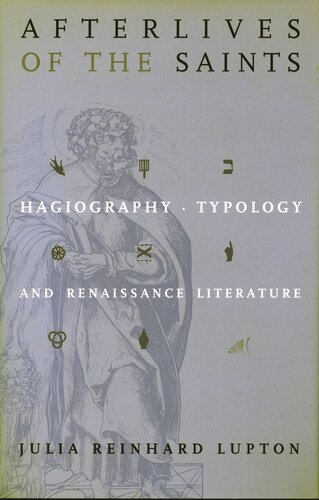

Most ebook files are in PDF format, so you can easily read them using various software such as Foxit Reader or directly on the Google Chrome browser.
Some ebook files are released by publishers in other formats such as .awz, .mobi, .epub, .fb2, etc. You may need to install specific software to read these formats on mobile/PC, such as Calibre.
Please read the tutorial at this link: https://ebookbell.com/faq
We offer FREE conversion to the popular formats you request; however, this may take some time. Therefore, right after payment, please email us, and we will try to provide the service as quickly as possible.
For some exceptional file formats or broken links (if any), please refrain from opening any disputes. Instead, email us first, and we will try to assist within a maximum of 6 hours.
EbookBell Team

0.0
0 reviewsThis book examines the ways in which the literary genre of hagiography and the hermeneutical paradigm of Biblical typology together entered into the construction of “the Renaissance” as a canon and period. It is not about saints’ lives in themselves, as either literary or historical phenomena, but instead addresses the structural effects of hagiography in the secular literature of the Renaissance. The central texts analyzed—Boccaccio’s Decameron, Vasari’s Lives of the Artists, and Shakespeare’s Measure for Measure and The Winter’s Tale—all manifest key moments and aspects in the creation of a Renaissance canon for the post-Renaissance world. The epochal significance of these works, saturated in religious allusions as well as scenes of profane life and classical art, is shown to rest in neither the normative piety nor the subversive heresy of any of these writers, but rather in their crafting of myths of modernity precisely out of the religious material that formed such an important part of their daily vocabularies.